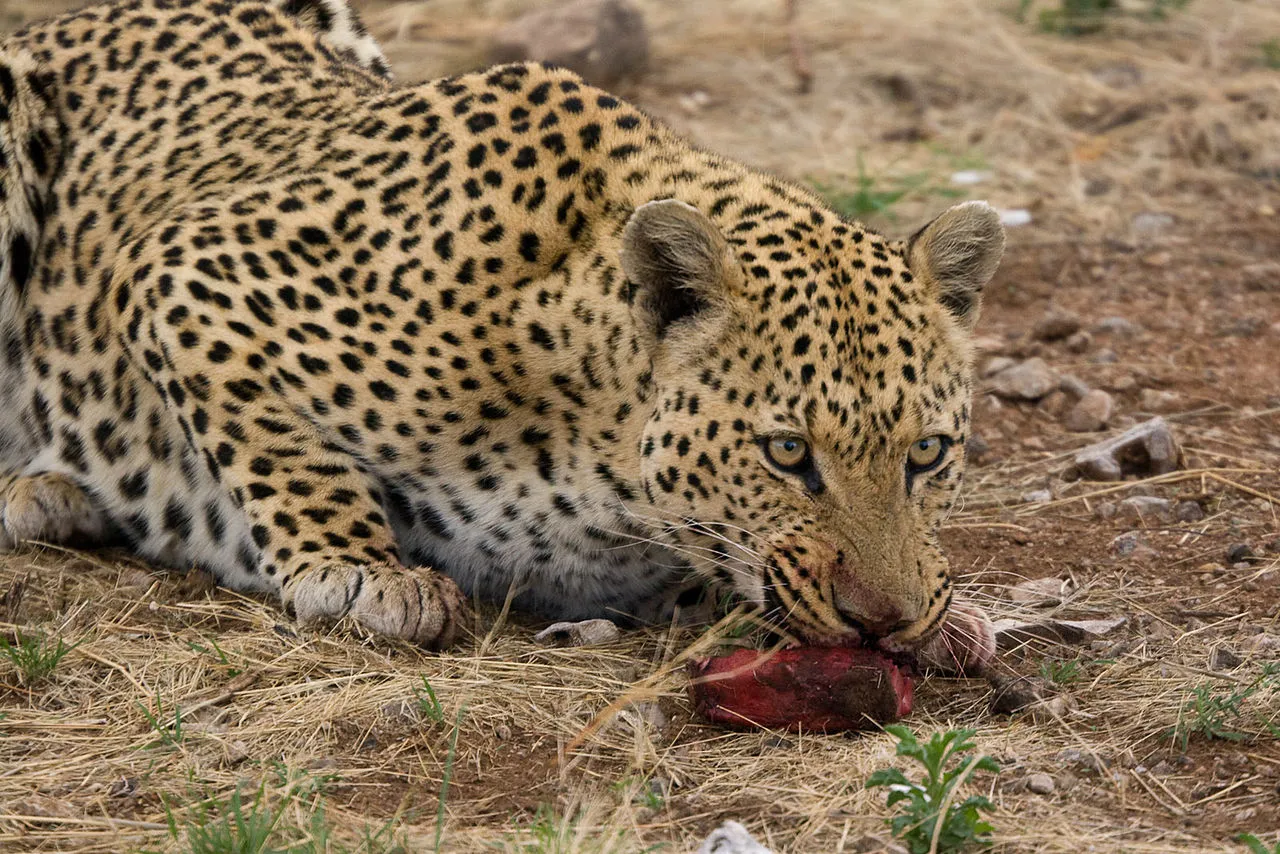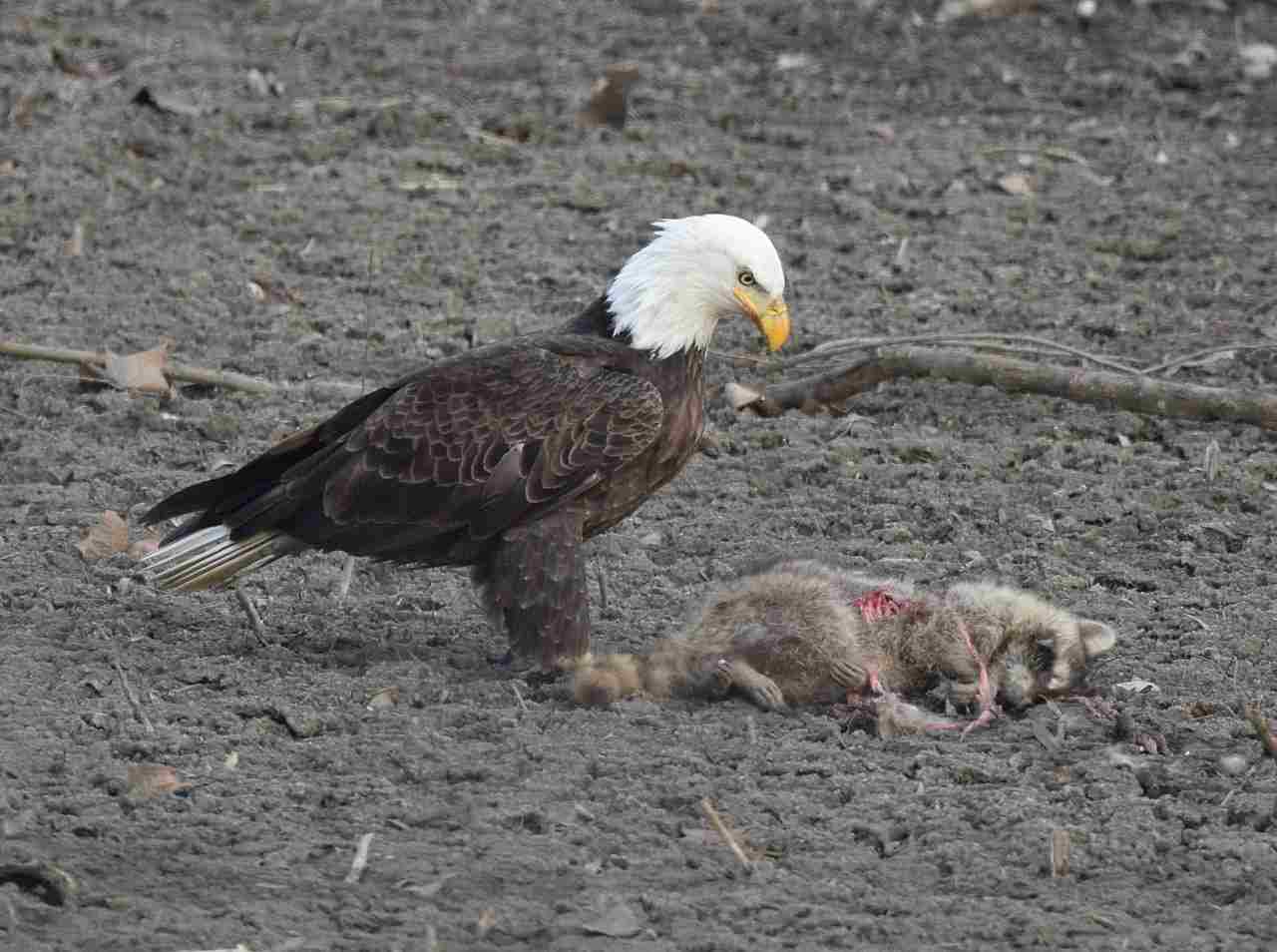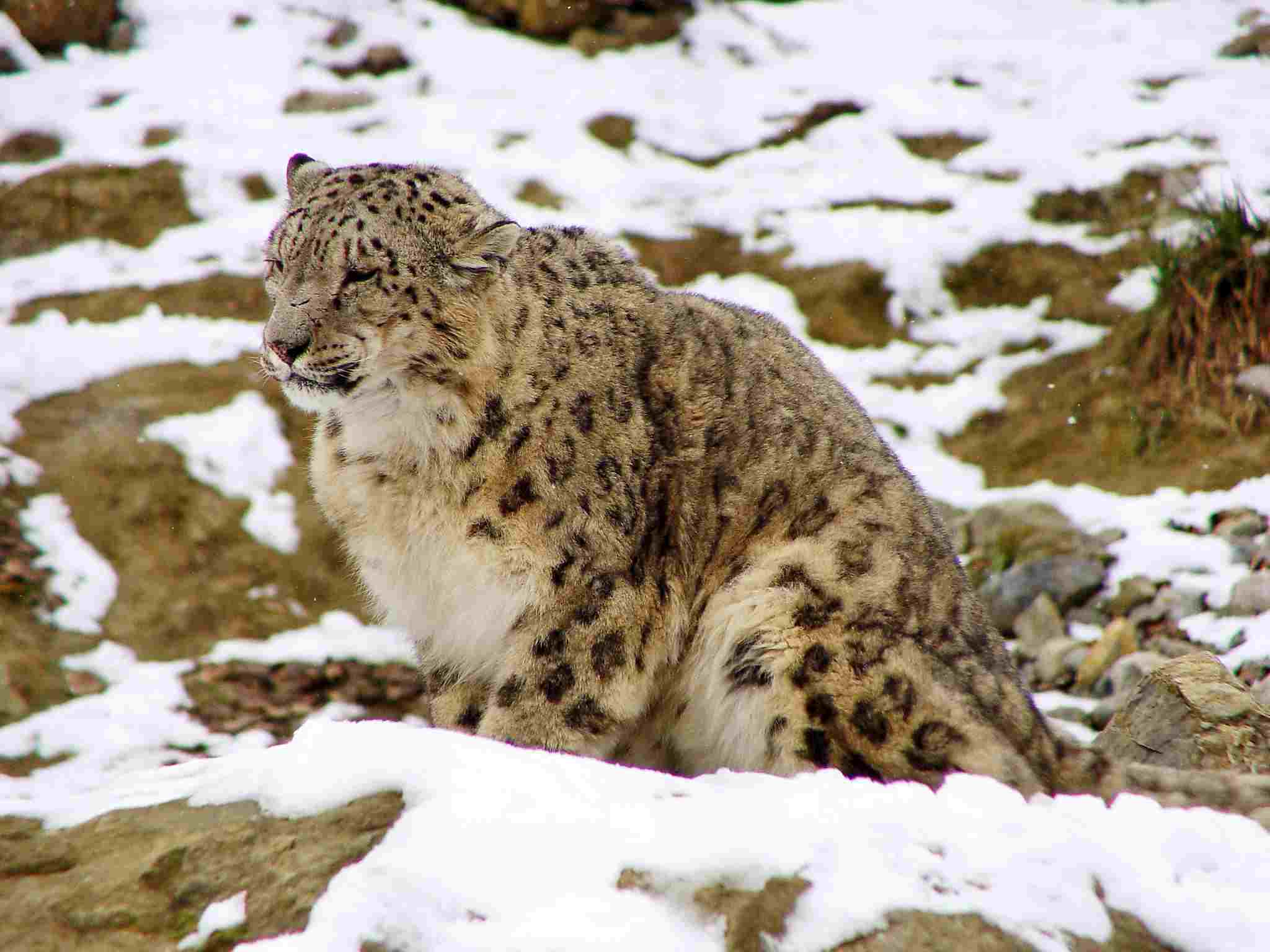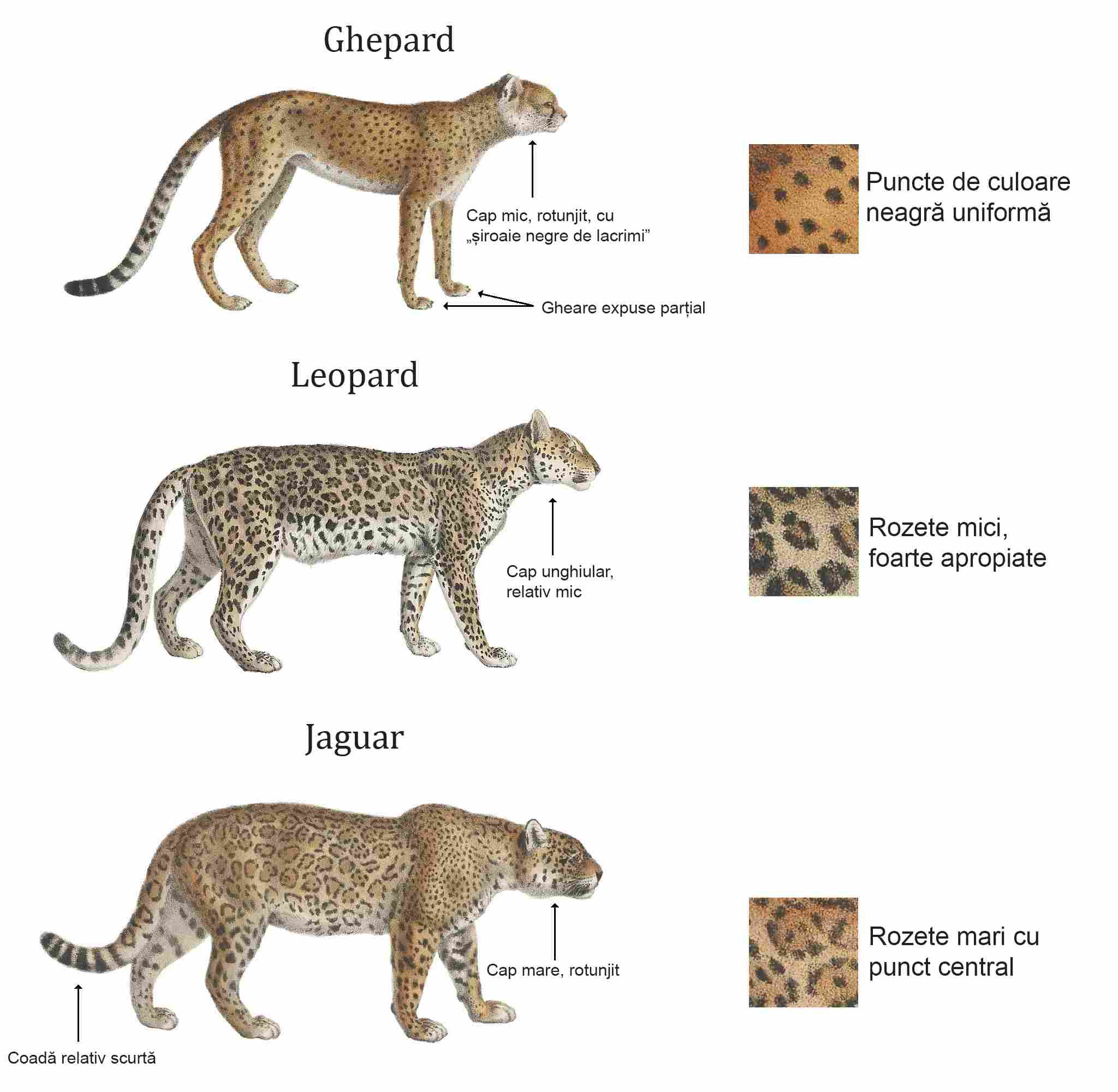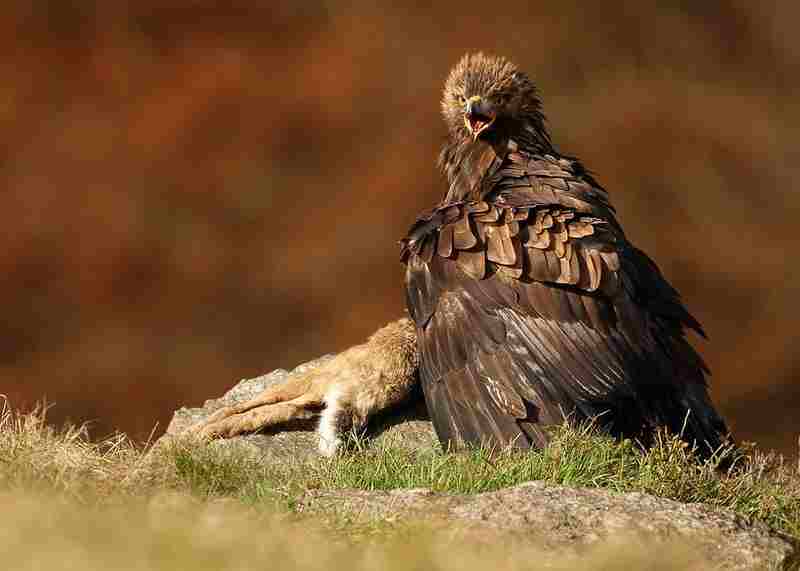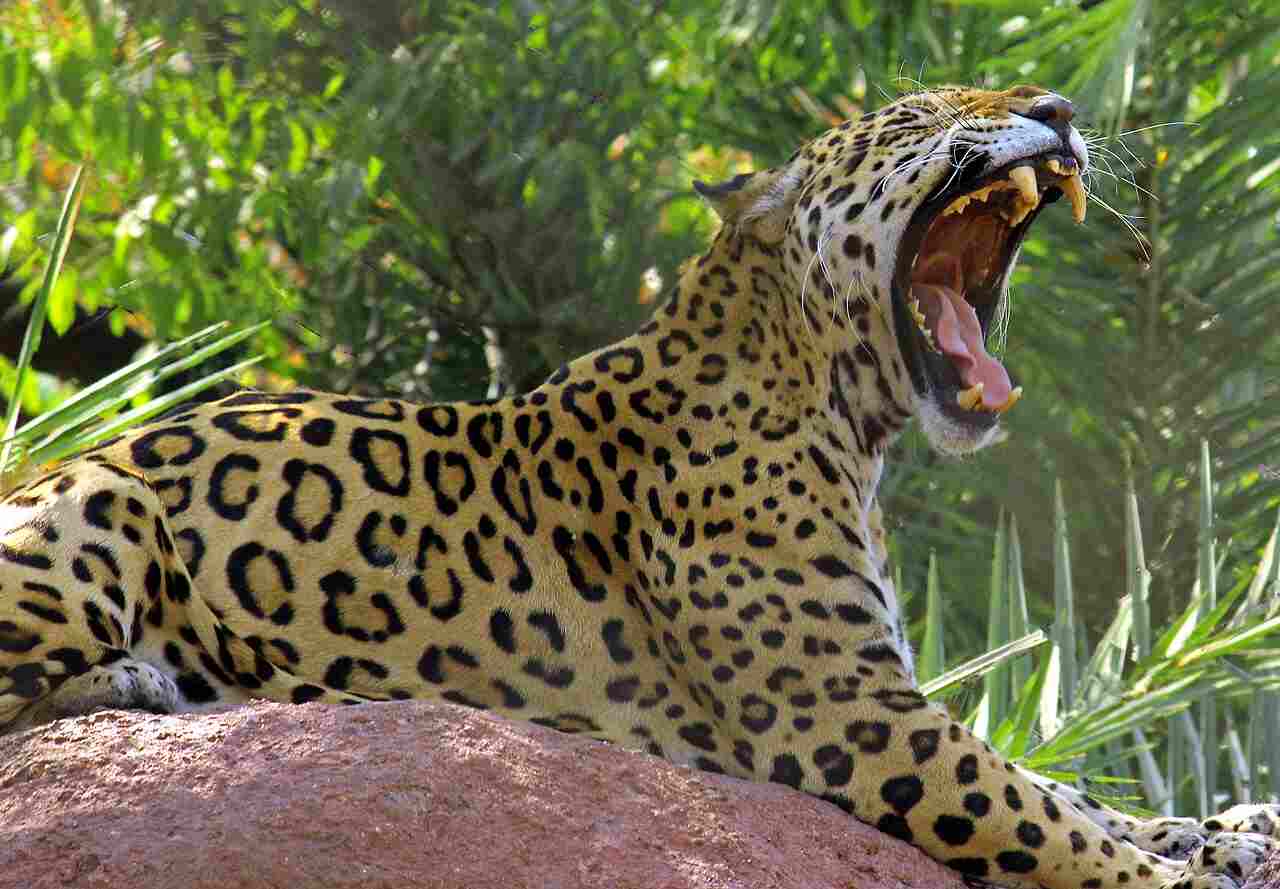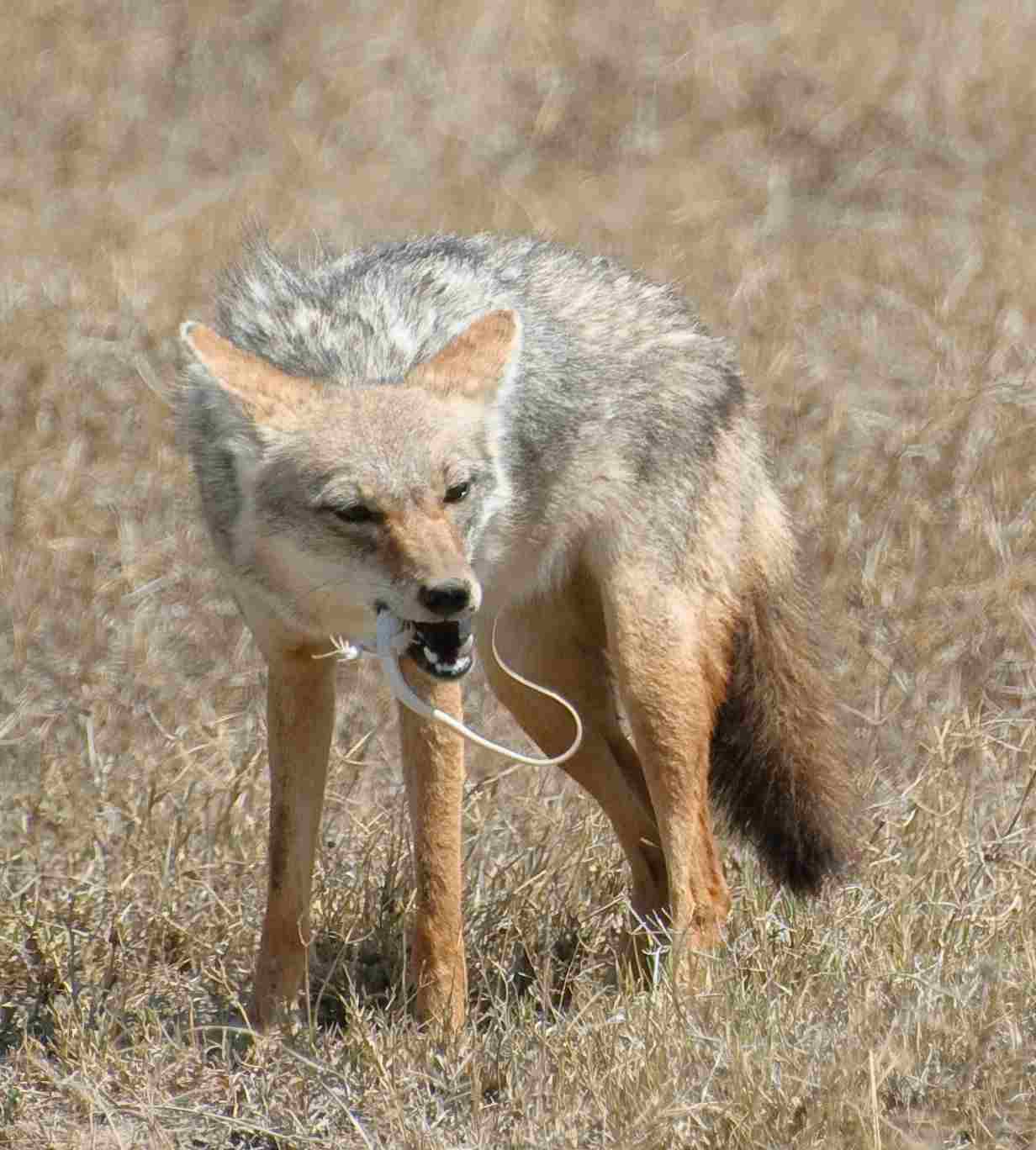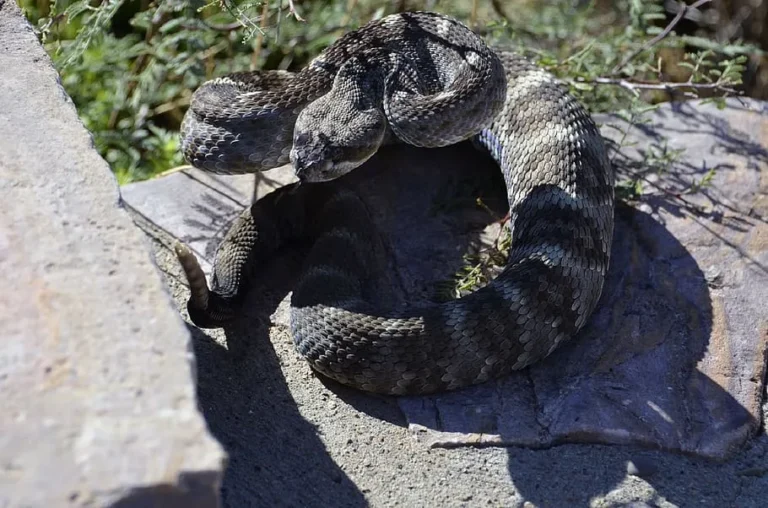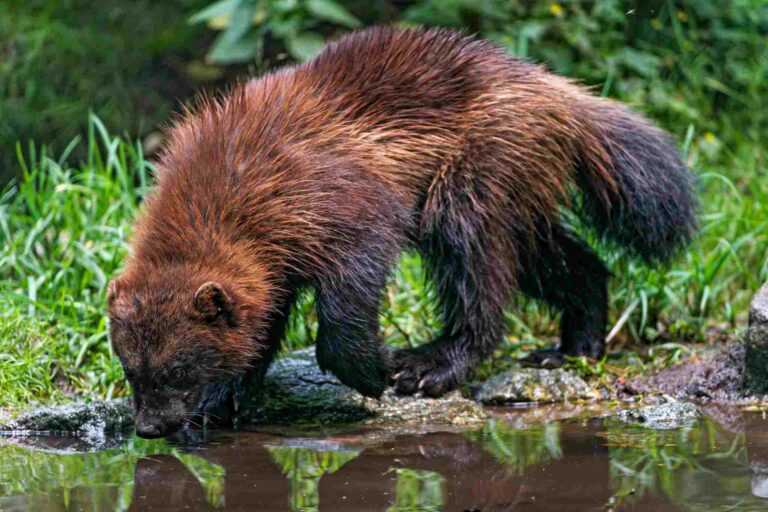15+ Consumers In The Tropical Rainforest Discussed
Consumers in the tropical rainforest are essential components of its ecosystem. They include primary consumers like capybaras, peccaries, and macaws, which feed directly on plants. Secondary consumers, such as ocelots and hawks, prey on these herbivores. Tertiary consumers like pythons and leopards feed on secondary consumers, while quaternary consumers such as jaguars and harpy eagles prey on tertiary consumers. Each level of consumers plays a vital role in regulating population dynamics, nutrient cycling, and ecosystem balance in the tropical rainforest.
Primary Consumers in the Tropical Rainforest
The primary consumers in the tropical rainforest play a crucial role in the ecosystem’s energy flow and nutrient cycling. These herbivores feed directly on plants, which form the base of the food chain. Among them are the capybara, peccary, macaw, agouti, toucan, squirrel, grasshopper, and ladybug.
-
Capybara: As the largest rodent in the world, capybaras primarily graze on grasses and aquatic plants found along riverbanks and marshes.
-
Peccary: These pig-like animals forage for fruits, nuts, roots, and vegetation, helping to disperse seeds throughout the rainforest.
-
Macaw: With their strong beaks, macaws feed on a variety of fruits, nuts, seeds, and flowers, contributing to pollination and seed dispersal.
-
Agouti: Agoutis are important seed dispersers, as they bury seeds underground for later consumption, which aids in the regeneration of plant species.
-
Toucan: Toucans primarily eat fruits, but they also consume insects, eggs, and small vertebrates, contributing to the dispersal of seeds and controlling insect populations.
-
Squirrel: Squirrels play a vital role in seed dispersal by burying nuts and seeds throughout the rainforest, helping to regenerate plant life.
-
Grasshopper: Grasshoppers are herbivorous insects that consume a variety of plant material, playing a role in nutrient cycling and serving as prey for higher trophic levels.
-
Ladybug: Ladybugs primarily feed on aphids and other small insects, helping to control pest populations and maintain the balance of the ecosystem.
These primary consumers are essential for maintaining the delicate balance of the tropical rainforest ecosystem by regulating plant growth, dispersing seeds, and providing a food source for higher trophic levels.
Secondary Consumers in the Tropical Rainforest
Secondary consumers in the tropical rainforest occupy the next level in the food chain, preying on primary consumers for sustenance. These carnivores and omnivores play a critical role in controlling herbivore populations and regulating the ecosystem’s dynamics.
-
Ocelot: Ocelots are skilled hunters that prey on small mammals, birds, and reptiles, helping to control the population of rodents and birds in the rainforest.
-
Genet: Genets are agile predators that feed on small mammals, birds, insects, and reptiles, contributing to the regulation of insect and rodent populations.
-
Civet: Civets have a varied diet, consuming fruits, insects, small mammals, and birds, and they play a role in seed dispersal and controlling insect populations.
-
Owl: Owls are nocturnal hunters that feed on rodents, birds, insects, and small reptiles, helping to control rodent populations and maintain ecosystem balance.
-
Hawk: Hawks are apex predators that hunt a wide range of prey, including small mammals, birds, and reptiles, regulating the populations of smaller animals in the rainforest.
Tertiary Consumers in the Tropical Rainforest
Tertiary consumers occupy the third level in the tropical rainforest food chain, preying on secondary consumers for their survival. These carnivores are essential for regulating the populations of primary and secondary consumers and maintaining the balance of the ecosystem.
-
Python: Pythons are large constrictor snakes that prey on a variety of animals, including small mammals, birds, and reptiles, playing a crucial role in controlling rodent and bird populations.
-
Leopard: Leopards are apex predators that hunt a wide range of prey, including monkeys, deer, birds, and reptiles, helping to regulate the populations of herbivores and smaller carnivores.
-
River Otter: River otters primarily feed on fish, crustaceans, and amphibians, contributing to the regulation of aquatic populations in rivers and streams within the rainforest.
-
Dolphin: Dolphins are apex predators in river systems, feeding on fish and occasionally small mammals, helping to maintain the health of aquatic ecosystems.
-
Arapaima: Arapaimas are large predatory fish that feed on smaller fish and aquatic animals, playing a crucial role in controlling fish populations in rivers and lakes.
These tertiary consumers are essential for maintaining the balance of the tropical rainforest ecosystem by regulating the populations of primary and secondary consumers, thus ensuring the health and stability of the ecosystem.
Quaternary Consumers in the Tropical Rainforest
Quaternary consumers in the tropical rainforest represent the highest level of the food chain, preying on tertiary consumers for their sustenance. These apex predators play a crucial role in regulating the populations of lower trophic levels and shaping the structure of the ecosystem.
-
Jaguar: Jaguars are apex predators that primarily hunt large mammals such as deer, peccaries, and tapirs, as well as smaller prey including monkeys, birds, and reptiles. They play a significant role in controlling the populations of herbivores and smaller carnivores.
-
Green Anaconda: Green anacondas are massive constrictor snakes that prey on a variety of animals, including large mammals, birds, and reptiles. They help regulate the populations of aquatic and terrestrial prey species.
-
Black Caiman: Black caimans are apex predators in aquatic ecosystems, feeding on fish, reptiles, birds, and mammals. They play a crucial role in regulating the populations of aquatic species and contributing to the overall health of rivers and lakes.
-
Crocodile: Crocodiles are formidable predators that hunt a variety of prey, including fish, birds, mammals, and reptiles. They help maintain the balance of aquatic ecosystems by controlling the populations of fish and other aquatic species.
-
Harpy Eagle: Harpy eagles are powerful birds of prey that primarily hunt mammals such as monkeys, sloths, and small mammals, as well as birds and reptiles. They play a crucial role in regulating the populations of arboreal and terrestrial prey species.
Characteristics of Tropical Rainforest Consumers
-
Biodiversity: Tropical rainforests support a wide variety of consumers, ranging from small insects to large apex predators, contributing to the high biodiversity of these ecosystems.
-
Specialized Adaptations: Consumers in the tropical rainforest have evolved specialized adaptations for survival, including camouflage, keen senses, and specialized feeding structures such as beaks and claws.
-
Interconnectedness: Consumers in the tropical rainforest are interconnected through complex food webs, where each species plays a specific role in the ecosystem’s functioning and stability.
-
Feeding Strategies: Consumers in the tropical rainforest exhibit diverse feeding strategies, including herbivory, carnivory, omnivory, and scavenging, which contribute to the efficient use of resources within the ecosystem.
-
Role in Nutrient Cycling: Consumers in the tropical rainforest play a vital role in nutrient cycling by transferring energy and nutrients through the food chain, ultimately contributing to the fertility and productivity of the ecosystem.
These characteristics highlight the importance of consumers in shaping the structure and functioning of the tropical rainforest ecosystem, underscoring their critical role in maintaining its health and resilience.
Importance of Consumers to the Tropical Rainforest
Consumers play a crucial role in the functioning and resilience of the tropical rainforest ecosystem. Their presence and activities have far-reaching effects on various aspects of the ecosystem’s dynamics and health.
-
Regulation of Population Dynamics: Consumers help regulate the populations of other organisms within the ecosystem by consuming primary and secondary consumers. By controlling the abundance of herbivores and smaller carnivores, consumers prevent overgrazing, maintain plant diversity, and ensure the stability of the ecosystem.
-
Seed Dispersal and Pollination: Many consumers, particularly herbivores and frugivores, play a vital role in seed dispersal and pollination. By consuming fruits and seeds and dispersing them across the forest, consumers contribute to the regeneration and diversity of plant species, which is essential for the long-term health of the rainforest.
-
Nutrient Cycling: Consumers are integral to nutrient cycling in the tropical rainforest ecosystem. Through their feeding activities and subsequent decomposition of organic matter, consumers release nutrients back into the soil, making them available for plant uptake. This nutrient cycling process is essential for maintaining the fertility and productivity of the rainforest.
-
Energy Flow: Consumers form the link between different trophic levels in the food chain, facilitating the flow of energy through the ecosystem. As energy passes from primary consumers to secondary, tertiary, and quaternary consumers, it fuels the various biological processes that sustain life within the rainforest.
-
Maintenance of Ecosystem Balance: Consumers contribute to the overall balance and stability of the tropical rainforest ecosystem. By controlling the populations of prey species and preventing the dominance of any particular species, consumers help maintain the diversity and resilience of the ecosystem in the face of environmental changes and disturbances.
-
Cultural and Economic Importance: Some consumers, such as certain species of animals and birds, hold cultural and economic significance for local communities living in or near tropical rainforests. These animals may be hunted for food, used in traditional medicine, or serve as symbols of cultural identity, highlighting the intertwined relationship between humans and wildlife in these regions.
Therefore, consumers are indispensable components of the tropical rainforest ecosystem, playing multifaceted roles in regulating population dynamics, nutrient cycling, energy flow, and ecosystem balance. Understanding and conserving these vital components is essential for the long-term health and sustainability of tropical rainforests and the myriad of life forms they support.
*Summary
-
Consumers in the tropical rainforest are divided into primary, secondary, tertiary, and quaternary levels based on their position in the food chain.
-
Primary consumers include herbivores like capybaras, peccaries, and macaws, which feed directly on plants.
-
Secondary consumers, such as ocelots and hawks, prey on primary consumers.
-
Tertiary consumers, like pythons and leopards, feed on secondary consumers.
-
Quaternary consumers, including jaguars and harpy eagles, prey on tertiary consumers.
-
Characteristics of tropical rainforest consumers include biodiversity, specialized adaptations, interconnectedness, diverse feeding strategies, and roles in nutrient cycling.
-
Consumers play vital roles in regulating population dynamics, seed dispersal, nutrient cycling, energy flow, and ecosystem balance in the rainforest.
-
They also hold cultural and economic importance for local communities.
-
Understanding and conserving tropical rainforest consumers is crucial for the health and sustainability of these ecosystems.
| Key Points | |
| Consumer Levels: |
– Primary consumers
|
|
– Herbivores such as capybaras, peccaries, macaws
|
|
|
– Secondary consumers
|
|
|
– Carnivores and omnivores like ocelots, hawks
|
|
|
– Tertiary consumers
|
|
|
– Predators like pythons, leopards
|
|
|
– Quaternary consumers
|
|
|
– Apex predators such as jaguars, harpy eagles
|
|
| Characteristics: | – Biodiversity |
|
– Specialized adaptations
|
|
|
– Interconnectedness
|
|
|
– Feeding strategies
|
|
|
– Role in nutrient cycling
|
|
| Importance: |
– Regulation of population dynamics
|
|
– Seed dispersal and pollination
|
|
|
– Nutrient cycling
|
|
| – Energy flow | |
|
– Maintenance of ecosystem balance
|
|
|
– Cultural and economic significance
|
|
|
– Essential for rainforest health and sustainability
|
Related FAQs
Q: Why are consumers important in the tropical rainforest?
A: Consumers play vital roles in regulating population dynamics, seed dispersal, nutrient cycling, energy flow, and ecosystem balance in the rainforest. They also hold cultural and economic significance for local communities.
Q: What are the different levels of consumers in the tropical rainforest?
A: Consumers in the tropical rainforest are divided into primary, secondary, tertiary, and quaternary levels based on their position in the food chain. Primary consumers include herbivores, while secondary consumers prey on them. Tertiary consumers feed on secondary consumers, and quaternary consumers prey on tertiary consumers.
Q: How do consumers contribute to nutrient cycling in the tropical rainforest?
A: Consumers play a crucial role in nutrient cycling by consuming organic matter and releasing nutrients back into the soil through their waste and decomposition. This process enriches the soil and makes nutrients available for plant uptake, contributing to the fertility and productivity of the rainforest.
Q: What is the cultural and economic significance of consumers in the tropical rainforest?
A: Some consumers, such as certain species of animals and birds, hold cultural and economic importance for local communities living in or near tropical rainforests. These animals may be hunted for food, used in traditional medicine, or serve as symbols of cultural identity.
Q: How do consumers help maintain the balance of the tropical rainforest ecosystem?
A: Consumers help maintain the balance of the tropical rainforest ecosystem by regulating the populations of prey species, preventing overgrazing, controlling pest populations, and ensuring the diversity and resilience of the ecosystem in the face of environmental changes and disturbances.
